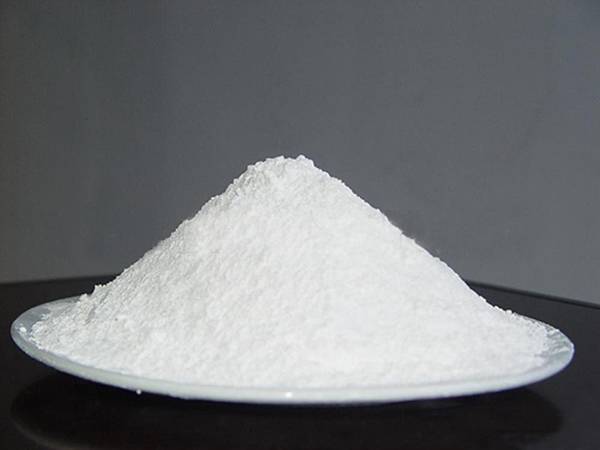



chlorine and chlorine dioxide
Chlorine and Chlorine Dioxide A Comparative Analysis
Chlorine and chlorine dioxide are two important chemical compounds that play significant roles in various industrial, municipal, and environmental applications. Both substances are widely recognized for their disinfectant properties, making them essential in water treatment processes. However, their chemical properties, modes of action, and applications vary considerably, leading to different advantages and disadvantages in their use.
Chlorine, a pale yellow-green gas, is one of the most common disinfectants used in water treatment. It is highly effective against a broad range of pathogens, including bacteria, viruses, and protozoa. When chlorinated, water generally meets health standards for drinking water, as chlorine effectively kills harmful microorganisms. The use of chlorine is widespread, primarily due to its low cost and ease of availability. It is typically applied in a gaseous form or through hypochlorite solutions, which are easily transported and stored.
Chlorine and Chlorine Dioxide A Comparative Analysis
On the other hand, chlorine dioxide is an alternative disinfectant that has gained attention for its effectiveness without the formation of harmful byproducts typical of chlorine. Chlorine dioxide is a yellowish gas that is typically used in aqueous solutions. Its disinfection mechanism relies on oxidation rather than chlorination. As a result, chlorine dioxide can effectively kill bacteria, viruses, and protozoa while minimizing the formation of DBPs.
chlorine and chlorine dioxide

One major advantage of chlorine dioxide is its effectiveness in breaking down biofilms—a significant challenge in water systems. Biofilms are colonies of microorganisms that adhere to surfaces and can lead to persistent contamination and inefficacy of traditional disinfectants. Chlorine dioxide’s ability to penetrate these biofilms makes it a superior choice in many applications, particularly in industrial settings where water systems are complex and prone to biofilm formation.
Additionally, chlorine dioxide’s stability in water and effectiveness over a wider pH range enhances its utility. Unlike chlorine, which loses its potency in higher pH conditions, chlorine dioxide remains effective across various water chemistries. This characteristic makes it more versatile in different environments, especially where water quality may vary significantly due to natural or man-made influences.
Despite the many advantages of chlorine dioxide, there are challenges and considerations regarding its use. Chlorine dioxide must be generated on-site, as it is unstable in storage, which can complicate its application in certain scenarios. Moreover, the initial cost of chlorine dioxide generation systems can be higher compared to traditional chlorine treatment methods. These factors can deter some municipalities from adopting chlorine dioxide despite its many benefits.
Environmental considerations also factor into the use of these disinfectants. The lack of harmful byproducts when using chlorine dioxide is appealing from an ecological standpoint, particularly in surface water sources that are more susceptible to contamination. However, chlorine remains a staple for many treatment facilities because of its established protocols and systems, even in light of the emerging evidence advocating for chlorine dioxide as an alternative.
In conclusion, both chlorine and chlorine dioxide serve crucial roles in water treatment and disinfection practices. Chlorine continues to be the workhorse of water treatment processes because of its affordability and effectiveness. Conversely, chlorine dioxide offers a compelling alternative, particularly in scenarios where health risks from DBPs are high, or biofilm formation poses a challenge. As the demand for safer and more effective water treatment solutions grows, the decision between these two disinfectants will ultimately be determined by specific application needs, cost considerations, and regulatory requirements. Understanding the comparative properties of chlorine and chlorine dioxide can lead to more informed decisions that prioritize both public health and environmental safety.
-
Why Sodium Persulfate Is Everywhere NowNewsJul.07,2025
-
Why Polyacrylamide Is in High DemandNewsJul.07,2025
-
Understanding Paint Chemicals and Their ApplicationsNewsJul.07,2025
-
Smart Use Of Mining ChemicalsNewsJul.07,2025
-
Practical Uses of Potassium MonopersulfateNewsJul.07,2025
-
Agrochemicals In Real FarmingNewsJul.07,2025
-
Sodium Chlorite Hot UsesNewsJul.01,2025










